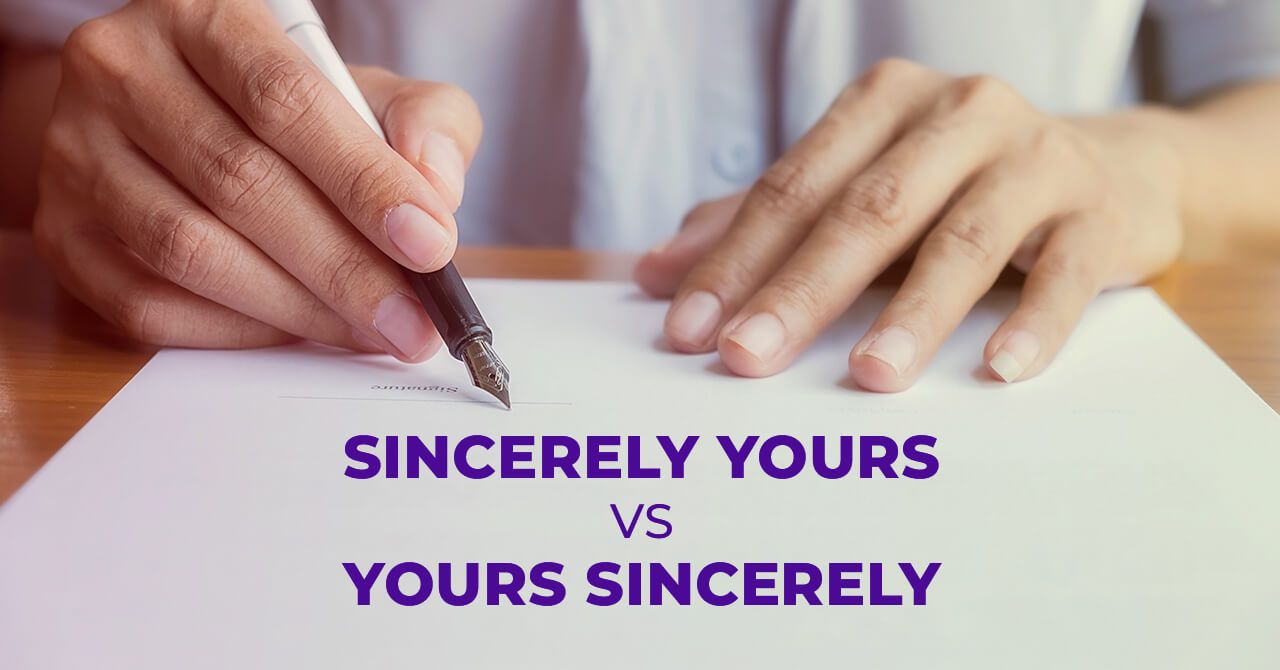English
Find lots of useful information for learning English. Don't miss our new articles.

The Simple Past Tense With Examples
Past Simple Tense is another “simple” tense, which means that in the affirmative form, we have only the main verb with a suffix, and in the interrogative and negative, the auxiliary verb “to do.”

Homophones, Homographs, and Homonyms: the Hecklers of the English Language
If English petrifies you, this article could be what the doctor said you need.

Led vs. Lead—How to Use Them Correctly?
People often confuse led and lead and don’t know which of these terms to use when talking about the past. But, the solution to the led vs. lead confusion is straightforward as you only need to know a few things about these terms.

The Meaning and Difference Between “Sincerely Yours” and “Yours Sincerely”
Signing off a letter with “sincerely yours” or “yours sincerely” implies that the contents of the letter are genuine and that you are a trustworthy correspondent.

How to Write an Argumentative Essay Like a Pro
If you need to write an argumentative essay, you need to know a few things before you start. The most important thing is to know what it is and what information it should include.

Everything You Need to Know About Present Continuous
The Present Continuous Tense denotes an action occurring right now (in the present). This tense is sometimes called the Present Progressive Tense because the action is implied in the process.

Characteristics and Use of Quotation Marks
If you use double quotation marks for quotes, use single quotation marks for quotes inside quotes.

Basic Guidelines for Capitalization Rules
There aren’t many capitalization rules. They are simple to memorize.